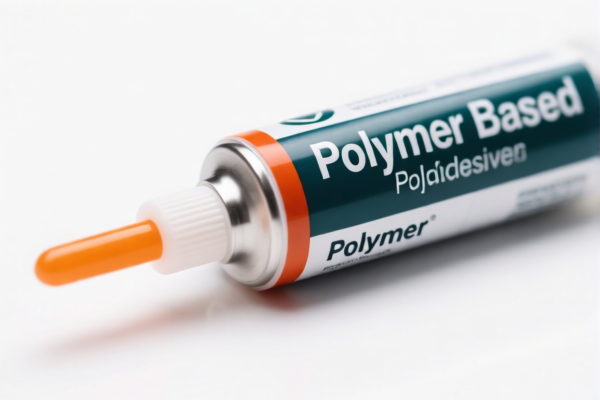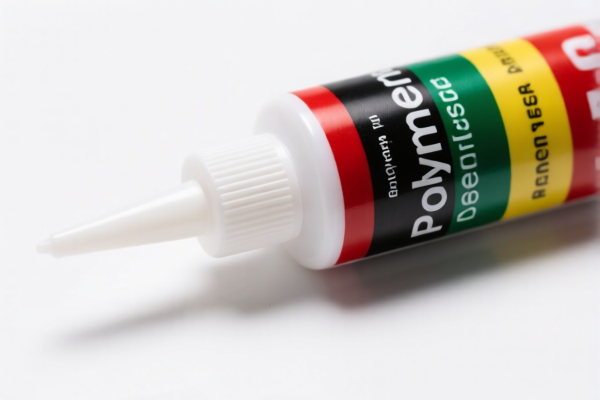Found 5 matching results
(CN → US)
| HS Code | Official Doc | Tariff Rate | Origin | Destination | Effective Date |
|---|---|---|---|---|---|
| 8548000000 | Doc | 55.0% | CN | US | 2025-05-12 |
| 8517690000 | Doc | 55.0% | CN | US | 2025-05-12 |
| 3926903000 | Doc | 59.2% | CN | US | 2025-05-12 |
| 3901909000 | Doc | 61.5% | CN | US | 2025-05-12 |
| 3901905501 | Doc | 61.5% | CN | US | 2025-05-12 |




Interface Board
An interface board, also known as an interface card or adapter card, is a printed circuit board that enables communication between a computer and its peripherals or between different components within a computer system. It essentially acts as a translator, converting signals to a format understandable by both connected systems.
Material
Interface boards are primarily constructed from:
- Fiberglass (FR-4): The base material providing structural support and insulation.
- Copper Traces: Thin pathways etched onto the fiberglass to conduct electrical signals.
- Silicon Chips: Integrated circuits (ICs) that perform signal processing, control functions, and data buffering.
- Connectors: Physical ports (e.g., USB, PCI-e, SATA) used to connect to peripherals or other components. These are typically made of plastic and metal alloys.
- Surface Mount Components (SMCs): Small electronic components soldered directly onto the board surface.
- Soldering Material: Typically a tin-based alloy used to create electrical connections.
Purpose
The primary purposes of interface boards are to:
- Expand Functionality: Add capabilities to a computer system that are not natively supported.
- Connect Peripherals: Enable communication with devices like monitors, keyboards, mice, storage drives, network devices, and audio equipment.
- Improve Performance: Offer faster or more efficient communication pathways than built-in interfaces.
- Provide Compatibility: Allow older devices to connect to newer systems, or vice-versa.
Function
Interface boards function by:
- Signal Conversion: Translating data between different protocols (e.g., USB to PCI-e).
- Data Buffering: Temporarily storing data to manage differences in data transfer rates.
- Protocol Handling: Implementing communication protocols required by connected devices.
- Power Management: Providing power to connected peripherals.
- Interrupt Handling: Notifying the CPU of events from connected devices.
- Address Decoding: Identifying the specific device connected to the board.
Usage Scenarios
- Adding Graphics Capabilities: Graphics cards (GPUs) are interface boards that connect to the motherboard to render images and video.
- Connecting Storage Devices: SATA and NVMe interface cards connect hard drives, solid-state drives, and other storage media.
- Networking: Network interface cards (NICs) enable computers to connect to networks (Ethernet, Wi-Fi).
- Audio Processing: Sound cards provide high-quality audio output and input.
- USB Expansion: USB interface cards add additional USB ports.
- Serial Communication: Serial interface cards enable communication with older devices using serial protocols (e.g., RS-232).
- Industrial Control: Specialized interface boards are used to connect to sensors, actuators, and other industrial equipment.
Common Types
- PCI (Peripheral Component Interconnect): An older standard, largely replaced by PCI-e.
- PCI-e (Peripheral Component Interconnect Express): The current standard for high-speed communication with graphics cards, storage devices, and other peripherals. Different versions (e.g., PCIe 3.0, PCIe 4.0, PCIe 5.0) offer varying bandwidths.
- USB (Universal Serial Bus): A versatile standard for connecting a wide range of peripherals.
- SATA (Serial ATA): Used for connecting hard drives and solid-state drives.
- NVMe (Non-Volatile Memory Express): A faster storage interface standard, typically using the PCI-e bus.
- Ethernet NICs: Used for wired network connections.
- Wi-Fi NICs: Used for wireless network connections.
- Sound Cards: Provide audio input and output.
- RAID Controllers: Manage multiple hard drives in a RAID configuration.
- Capture Cards: Capture video and audio from external sources.
- FPGA Cards: Contain Field-Programmable Gate Arrays, allowing for custom hardware implementations.
Based on the provided information, the following HS codes may be relevant to “interface board”:
- 8548000000: This HS code covers electrical parts of machinery or apparatus, not specified or included elsewhere in this chapter. This could apply to interface boards if they are considered components of larger electrical systems and don’t fall under more specific classifications. The tax rate details are: Basic tariff: 0.0%, Additional tariff: 25.0%, Post-April 2, 2025, additional tariff: 30%, with a total tariff of 55.0%.
- 8517690000: This HS code covers other apparatus for transmission or reception of voice, images or other data, including apparatus for communication in a wired or wireless network. If the interface board is used for data transmission or reception, this code may be applicable. The tax rate details are: Basic tariff: 0.0%, Additional tariff: 25.0%, Post-April 2, 2025, additional tariff: 30%, with a total tariff of 55.0%.
According to the provided reference material, the HS code options related to 'interface board' are limited, with only the following 2 found.
Customer Reviews
No reviews yet.